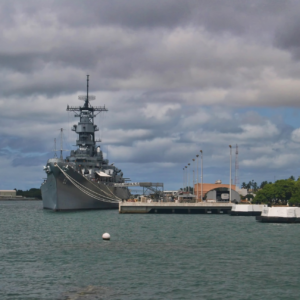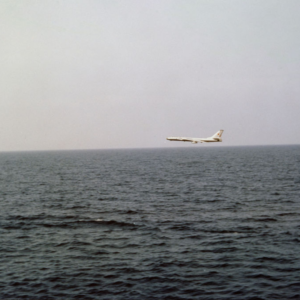In 1965, the Soviet Union sold the SAM-2 (S-75) air defense system to Egypt and Syria to counter the Israeli Air Force. During the Six-Day War (June 5-11, 1967), the Egyptian forces could not withstand the Israeli armored attacks and retreated from the Sinai Desert, leaving behind over 20 SAM-2 systems, similar to those used by North Vietnam against American forces. These systems were captured and analyzed by American experts, who developed electronic warfare tactics to counter the SAM-2.
During the “uncontrolled” retreat, the Egyptian side left behind more than 20 SAM-2 equipment sets, the same type of equipment that Vietnam was using to fight against the US’s destructive war in the North. These equipment sets were dissected and studied by American weapons experts, applying electronic warfare methods to deal with the SAM-2. Photo: SAM-2 air defense system produced by the Soviet Union.
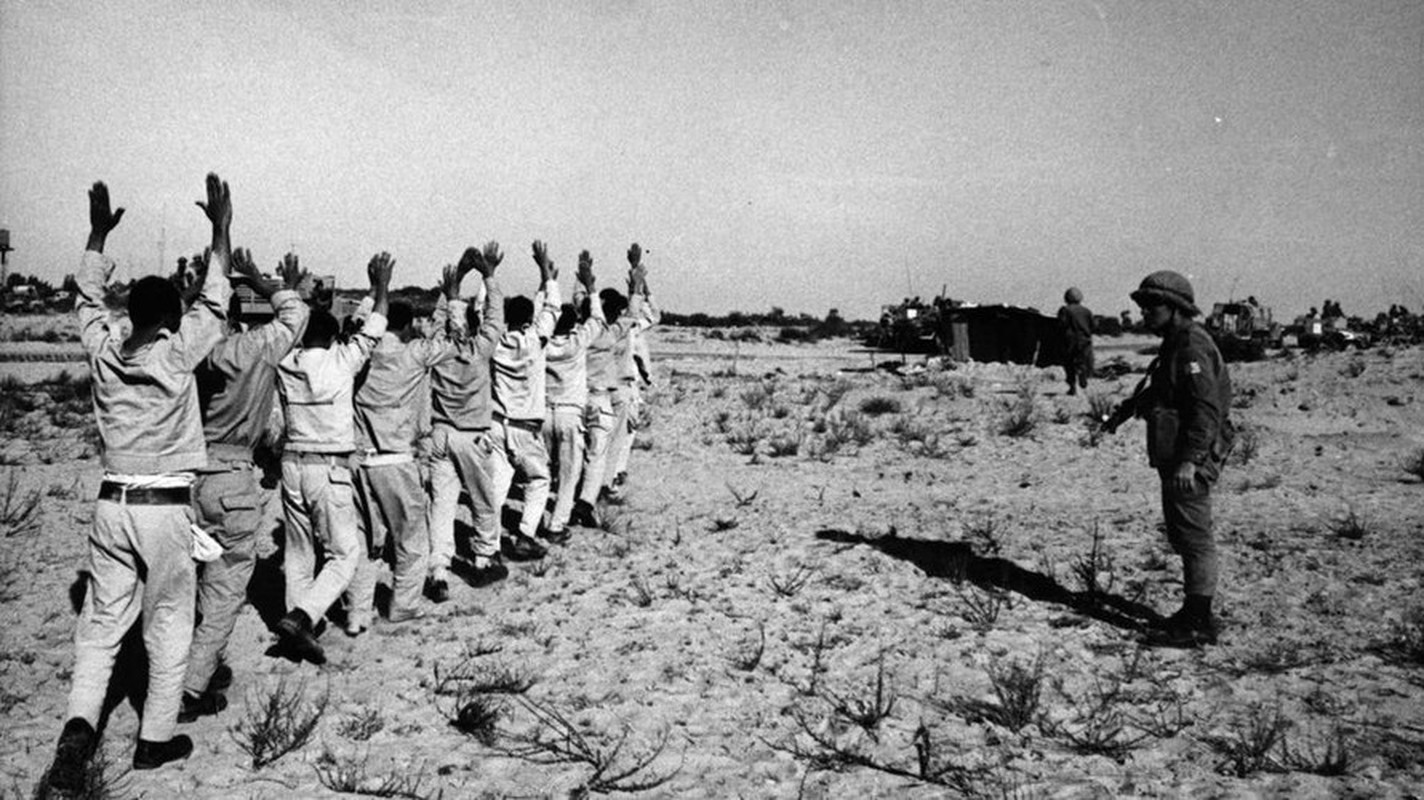
In 1969, an Egyptian P-12 radar system fell into the hands of Israel, and all the analysis results were transferred to the US. Thus, by 1970, the main types of air defense radars of the Vietnam People’s Army had been “read” by the enemy and the US had manufactured very effective jamming devices. Photo: The captured P-12 station is on display at the Israeli military museum.
For example, the B-52D, which initially carried 8 jammers, by December 1972 had 15 jammers and 2 foil jammers. US military experts confidently said that the B-52’s opponent at that time was not the SAM-2 missile but the MiG aircraft, because all the secrets about the technical features of the SAM-2 had been thoroughly exploited by the US in the Middle East before. Photo: B-52 bomber.
The B-52 is a strategic bomber with a very large electromagnetic interference capability. A group of 3 B-52s has 45 jammers, all of which create overlapping, dense, interwoven, very large and wide interference bands. Not to mention that flying with the B-52 is a formation of aircraft specializing in electronic warfare, radar jamming and jamming devices outside the formation.
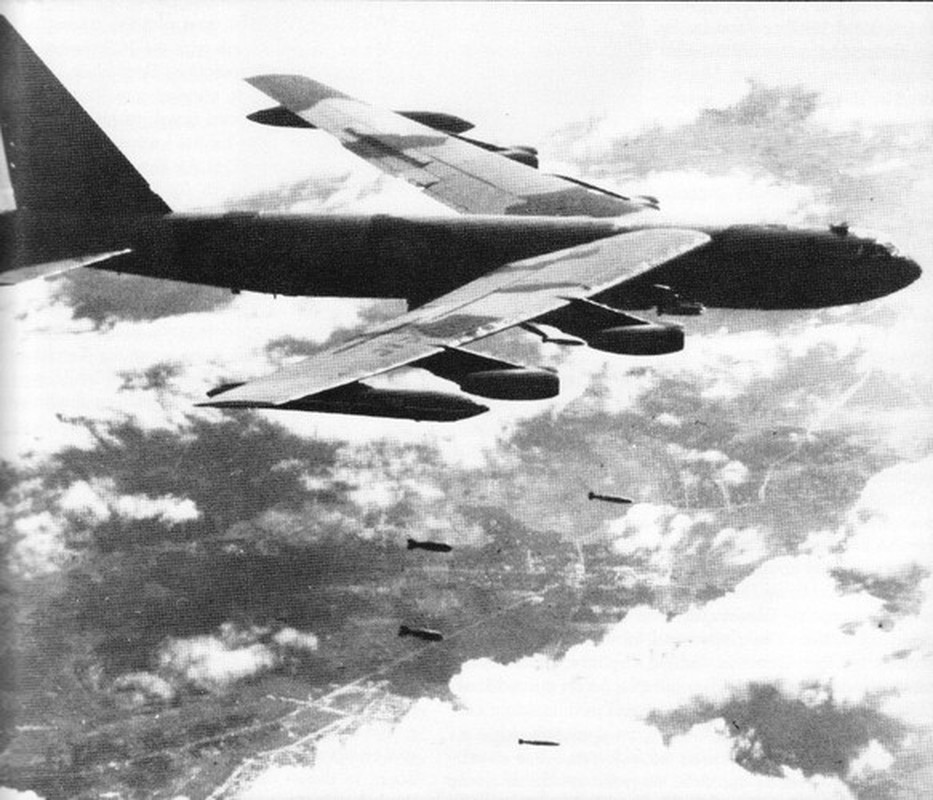
The enemy’s extremely strong use of electronic warfare makes it impossible for the radar of the air defense system to detect and lock on to the B-52. The P-12 radar stations of the SAM-2 missile battalions only receive dense interference bands, sometimes completely blanking out the screen, causing many difficulties for the air defense and air force troops.
The harmful effects of the US Air Force’s use of electronic warfare are that when our SAM-2 missiles are launched, they cannot be controlled, sometimes fall to other places or deviate from the target and explode on their own. Specifically, on April 13, 1972, B-52s attacked Thanh Hoa. We had 2 missile battalions in this area, but because the radar was heavily jammed, we could not hit the B-52s. Photo: SAM-2 missiles leaving the launch pad
In particular, early in the morning of April 16, 1972, 12 B-52s attacked Hai Phong, right when the 363rd Air Defense Division was practicing a plan to counter the B-52s. In this battle, the 363rd Division launched a series of missiles, but could not shoot down any of the enemy’s B-52s.
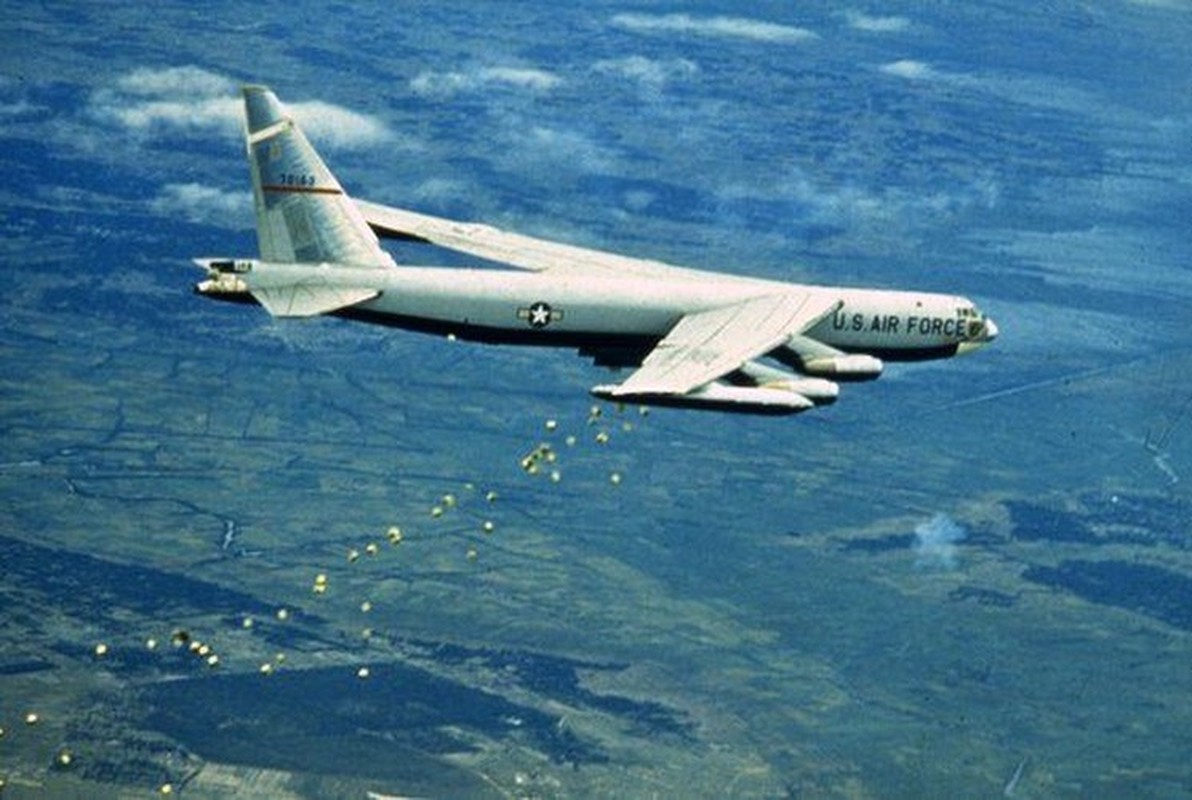
Through studying the enemy’s jamming tricks, our engineers noticed something special: the enemy’s jamming machines did not jam the 3cm wave groove. For Vietnam, this discovery was extremely valuable.
The reason is that at that time they were equipped with a type of radar manufactured by China and provided to us, working at a 3cm waveband, which is the K8-60 target acquisition radar, commonly used for 57mm anti-aircraft guns. The K8-60 works at 2 wavebands of 10cm and 3cm.
With the above discovery, we combined the target element of the K8-60 radar working at a 3cm waveband with the SAM-2 control station. In November 1971, the first set of equipment was successfully manufactured and named KX. Photo: K8-60 Radar.

In February 1972, the Ministry of National Defense ordered the K8-60 radar to be put into combat at Battalion 89, Regiment 274, which was then deployed in Quang Binh, to re-test its ability to capture B-52 targets, counter-interference and counter Shrike missiles. As a result, in 2 months (February 22 – April 6, 1972), the KX equipment captured targets 18 times, including 2 times capturing B-52s and 16 times capturing tactical aircraft. Photo: The mapmaker closely followed the B-52 target.
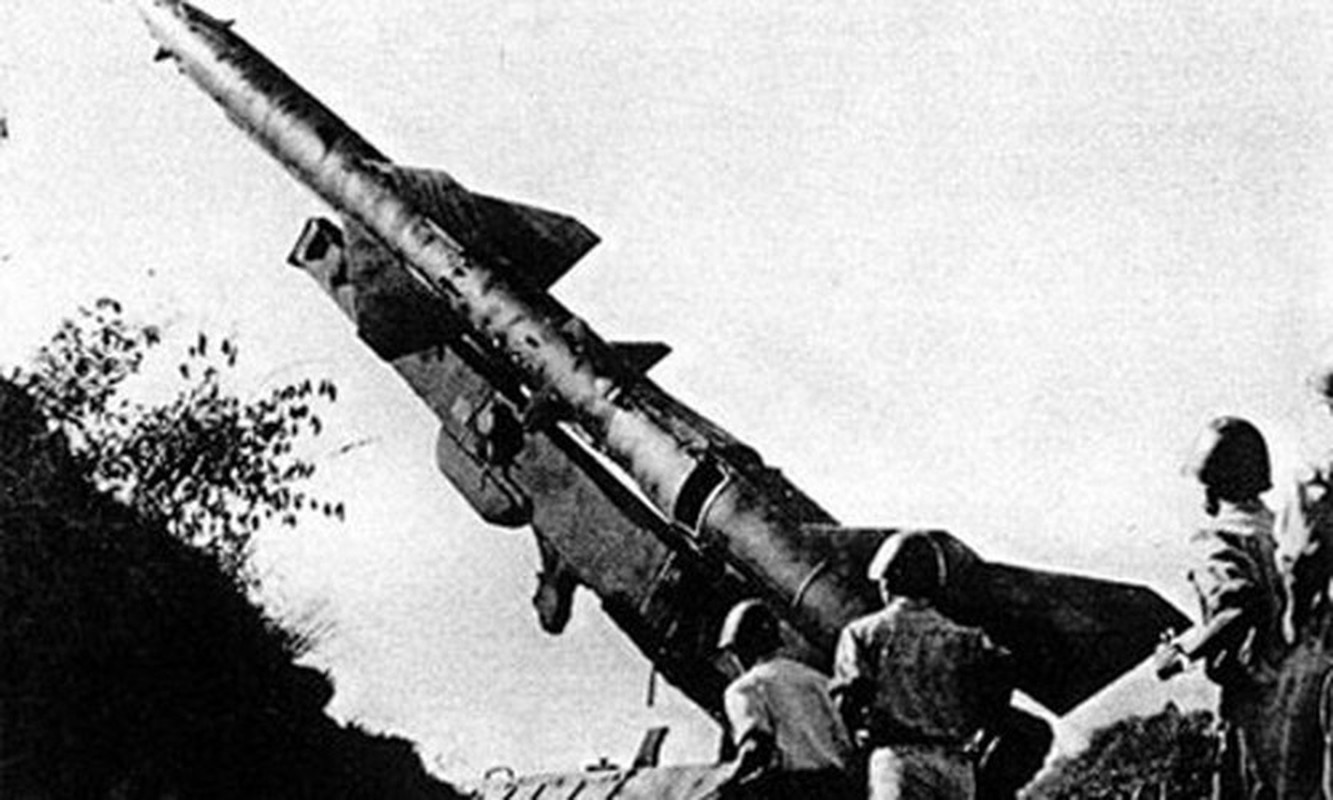
After very positive results, the Air Force Command decided to deploy the improvement project to install 6 sets of S-75 Dvina (SAM-2) equipment in Hanoi to prepare for fighting B-52s, however, only 2 sets were completed (including the test set). Two sets of equipment were installed for Battalion 79, Regiment 257, deployed in the South of the Red River and Battalion 57, Regiment 261, deployed in the North of the Red River. Photo: SAM-2 missiles protecting Hanoi in 1972.
News
How Hezbollah & Israel counter-attack after the Lebanon Explosion
How Hezbollah & Israel counter-attack after the Lebanon Explosion This is how Hezbollah responded to Israel after the sophisticated pager and walkie-talkie explosions, which occurred across Lebanon. They retaliated by launching guided missiles for the first time. The three strikes…
[MUST WATCH] In pictures: The deadliest day in Lebanon in nearly a year of conflict
In pictures: Israel strikes hundreds of Hezbollah targets in Lebanon Israel attacked hundreds of Hezbollah targets on Monday in airstrikes, making it the deadliest day in Lebanon in nearly a year of conflict. Smoke billows over southern Lebanon following Israeli…
BREAKING NEWS: US sends more troops to Middle East as violence rises between Israel and Hezbollah
US sends more troops to Middle East as violence rises between Israel and Hezbollah Violence between Israel and Hezbollah is raising risk of a greater regional war. WASHINGTON — The U.S. is sending a small number of additional troops to the…
Easy Company Facts Even Hardcore Fans of ‘Band of Brothers’ Don’t Know
Photo Credit: HBO / Getty Images HBO’s 2001 miniseries, Band of Brothers, has continued to gain popularity in the decades since its release. This is partly due to later generations having greater access to the series – in particular, via…
Mighty MO – USS Missouri (BB-63) Video and Photos
There are three other ships in the United States Navy which were named after the state of Missouri besides the battleship USS Missouri (BB 63), and although she became associated with the history of the Japanese raid at Pearl Harbor, she…
A Soviet TU-16 medium jet bomber flies past the anti-submarine warfare support aircraft carrier USS Essex
That Time A Soviet Tu-16 Badger Crashed Into The Sea After Buzzing A U.S. Aircraft Carrier A screenshot from the video filmed aboard USS Essex shows the Tu-16 Badger flying very low close to the aircraft carrier. Low pass with…
End of content
No more pages to load




